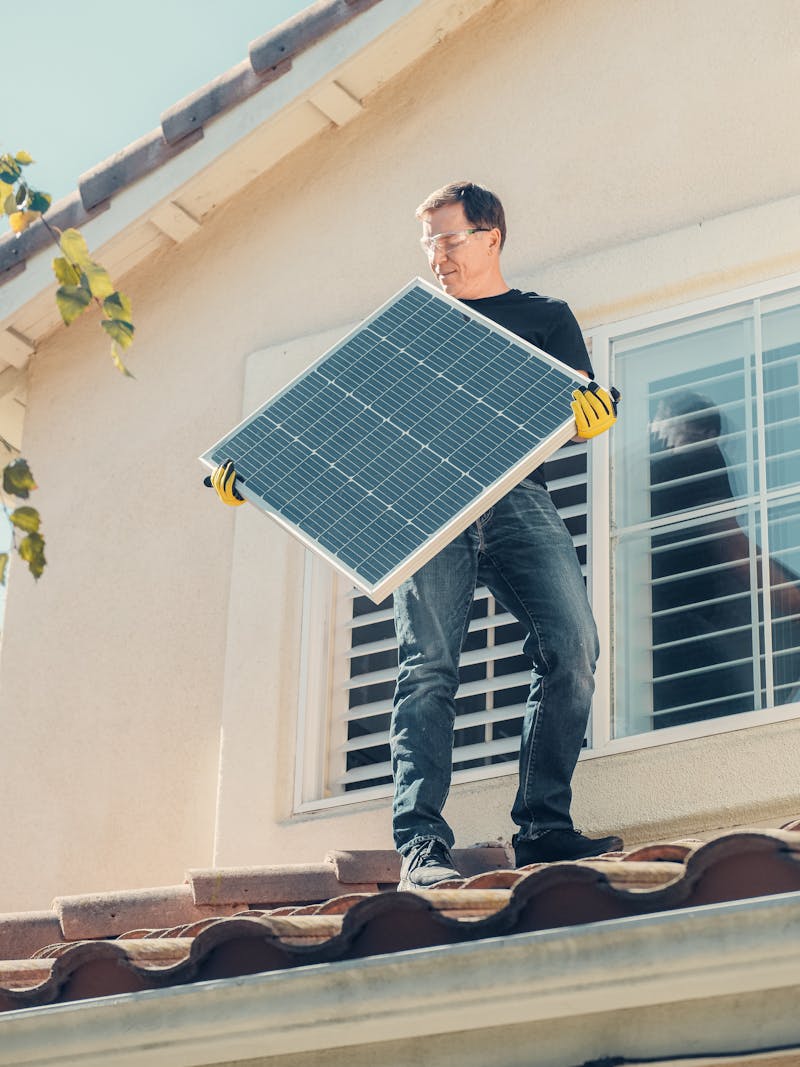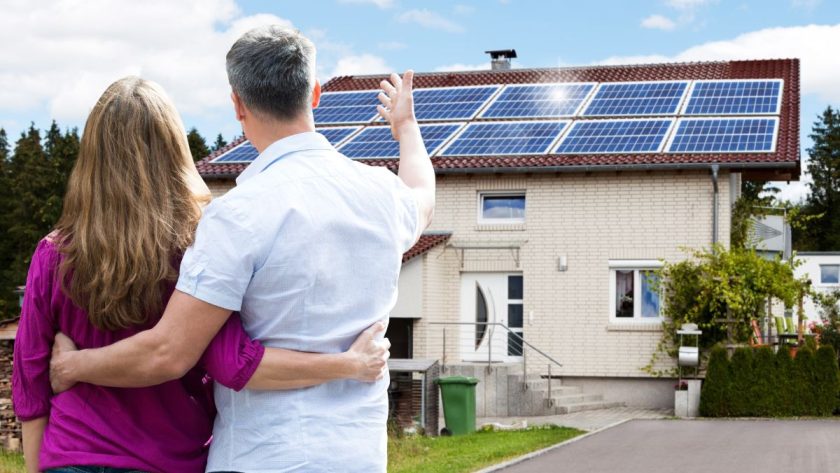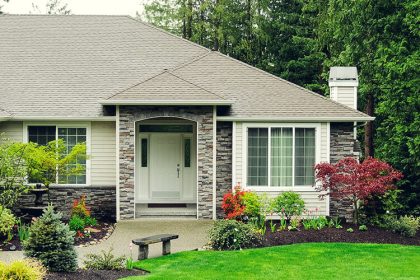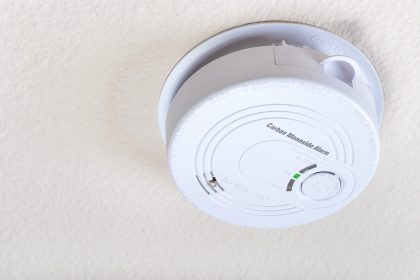Did you know that some 40-year-old solar panels are still operational with 80% or more efficiency? According to MarketWatch, solar technology has proven to be a long-lasting and reliable source of energy. Solar power is not only an environmentally friendly way to reduce your power bills, but it also provides clean, renewable energy. However, it can be tough to know if you have enough solar panels to cover your energy needs.
Is there a rule of thumb for calculating how many solar panels are needed to run a house? Let’s explore everything you need to know to determine the right number of solar panels for your home.
Calculate Your Power Needs
When figuring out how many solar panels are required for your home, the first step is to calculate your daily power consumption. This involves understanding your household’s energy usage by reviewing your electric bills over the past year. Energy consumption is usually measured in kilowatt-hours (kWh), and you can find this information on your utility bills.
Once you have an estimate of your daily energy needs, you can determine the size of the solar panel system you’ll require. Here’s how to do it:
- Find your daily power usage: Add up the kWh listed on your electric bills for each month and divide by 30 to get your average daily energy consumption.
- Multiply by sunshine hours: Next, consider how many hours of sunlight your area receives per day. The U.S. Department of Energy suggests that areas with more sunlight hours require fewer panels.
For example, if your home uses 30 kWh of electricity per day and you live in an area that receives 5 hours of sunlight daily, your solar system will need to generate 6 kWh per hour. From there, you can calculate how many panels are needed based on the wattage provided by each solar panel.
The average American home typically needs a solar panel system capable of producing between 5,000 and 7,000 watts, depending on energy consumption and location.
Consider Solar Angle and Horizon Position

Solar panel efficiency is heavily influenced by factors like the angle of the panels and the orientation of your home. Panels that are installed at the correct angle will receive more direct sunlight, improving their ability to generate energy.
- Solar Angle: In the northern hemisphere, solar panels work best when they are tilted at an angle that matches your latitude. If your home’s roof cannot accommodate the optimal angle, this may impact the overall efficiency of the panels, requiring you to install additional panels to meet your energy needs.
- Horizon Position and Shading: Another important factor is your home’s horizon position. A home with unobstructed access to the sun throughout the day will require fewer panels than a home that faces shading from trees or buildings. West-facing roofs, for example, may be less efficient and could require a higher number of panels to compensate for less direct sunlight.
Hiring a professional solar installer to evaluate the solar potential of your home can ensure that your system is designed to maximize efficiency. This includes assessing the roof’s orientation and shade to determine the ideal placement and angle for your solar panels.
Evaluate Solar Panel Efficiency
Solar panel efficiency refers to how well a panel converts sunlight into usable electricity. Typically, a single solar panel can provide between 200 and 350 watts of power, depending on the brand, size, and technology used. To evaluate the efficiency of solar panels, you should consider the following:
- Type of Solar Panels: Panels are typically classified into three categories: monocrystalline, polycrystalline, and thin film. Monocrystalline panels are the most efficient but are often more expensive. Polycrystalline panels are a more affordable option but tend to have lower efficiency rates.
- Number of Panels Needed: The higher the efficiency of the solar panel, the fewer panels you’ll need to generate the same amount of electricity. For example, a household that needs 4,000 watts of power will require between 12 and 20 panels, depending on the wattage of the panels chosen.
- Space and Installation Costs: Consider the amount of available space on your roof. Higher efficiency panels can generate more energy in a smaller area, making them ideal for homes with limited roof space. Additionally, you should factor in the cost of installation and any government incentives or rebates that may apply in your region, which can help reduce the upfront costs of your solar system.
According to EnergySage, the cost of installing solar panels has decreased by more than 50% over the past decade, making it more affordable than ever to switch to solar energy.
Knowing How Many Solar Panels You’ll Need

The number of solar panels needed to power your home depends on multiple factors, including your energy consumption, the efficiency of the panels, and the amount of sunlight your location receives. On average, most U.S. homes will require a solar system capable of producing between 5 kW and 7 kW of power. This translates to approximately 20 to 28 solar panels, depending on the wattage of the panels used.
Ultimately, the best way to determine the precise number of panels your home needs is to schedule a consultation with a solar energy professional. They will evaluate your home’s energy usage, roof layout, and location to design a custom solar solution that meets your needs.
If you’re interested in learning more about solar energy and how it can benefit your home, check out some of our other articles on solar power and energy efficiency.
FAQ
How do I calculate how many solar panels I need for my home?
To calculate how many solar panels you need, first find your daily energy usage by reviewing your electric bills. Multiply your daily kWh consumption by the number of peak sunlight hours in your area. Divide that number by the wattage of the solar panels you plan to install to determine how many panels you’ll need.
How much power does a typical solar panel produce?
A typical solar panel produces between 200 and 350 watts of power, depending on the type and brand. Higher efficiency panels may produce more energy, allowing you to install fewer panels for the same amount of electricity.
What factors affect the efficiency of solar panels?
Solar panel efficiency is affected by factors such as the type of panel, the angle at which it is installed, the orientation of the roof, and any shading from nearby trees or buildings. Monocrystalline panels are generally more efficient than polycrystalline or thin-film options.
How much roof space do I need for solar panels?
The amount of roof space you need depends on the number of panels and their efficiency. A typical solar panel system for a home may require 300 to 500 square feet of roof space. Higher-efficiency panels will require less space to produce the same amount of power.





